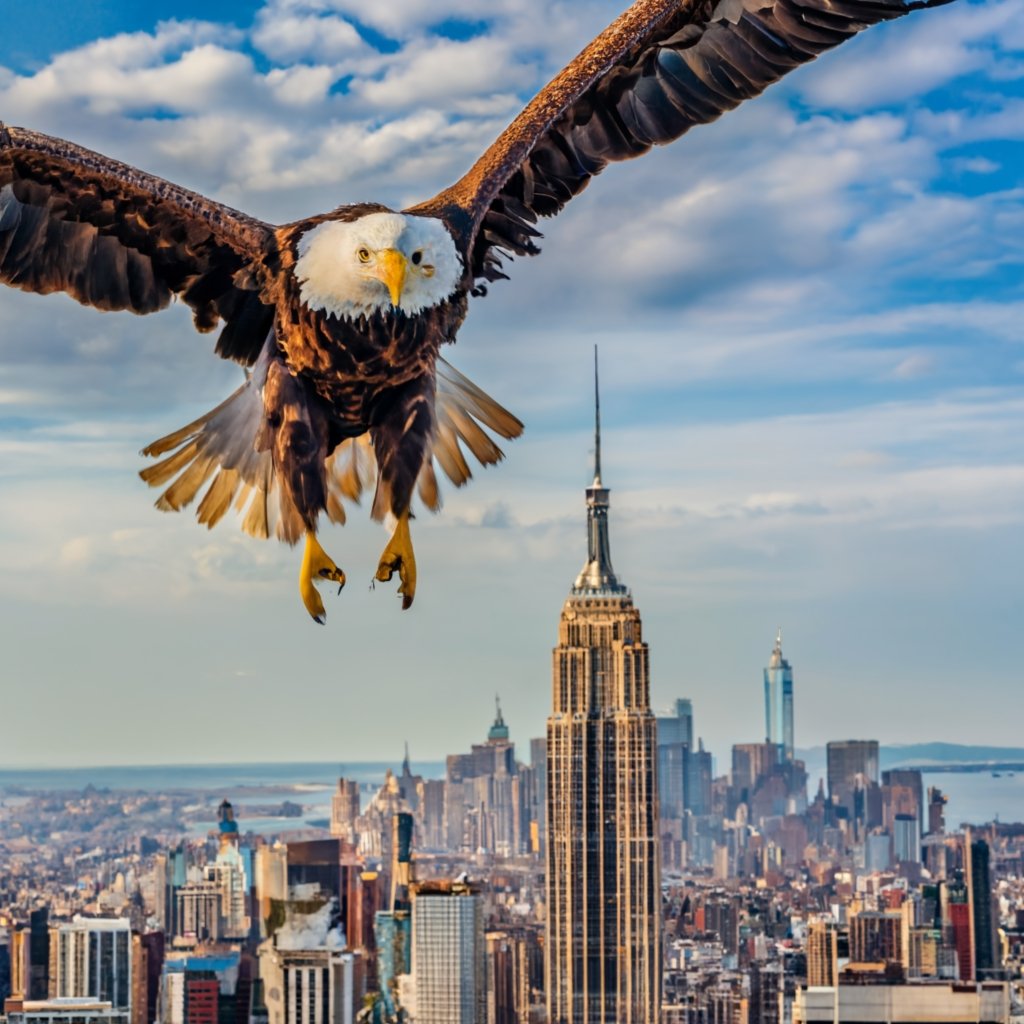The national bird of the United States, the Bald Eagle (Haliaeetus leucocephalus), is a symbol of strength, freedom, and resilience. Adopted as the official emblem in 1782, the choice of the Bald Eagle was not merely arbitrary but deeply rooted in the bird’s characteristics and its significance in American history. This iconic raptor has come to embody the spirit of the nation, serving as a powerful emblem that reflects the values and aspirations of the United States.
The selection of the Bald Eagle as the national bird occurred during a critical period in American history. In the aftermath of the Revolutionary War, the Founding Fathers sought to establish a set of national symbols that would encapsulate the ideals of the newly formed nation. In June 1782, the Continental Congress appointed a committee consisting of Thomas Jefferson, John Adams, and Benjamin Franklin to propose a design for the national seal. Franklin, an avid admirer of the Bald Eagle, enthusiastically supported its inclusion, and his influence played a pivotal role in the bird’s selection.
Symbolism:
The Bald Eagle’s symbolism is deeply ingrained in its physical characteristics and behavior. Known for its majestic appearance, the bird’s distinctive white head and tail set against a dark brown body make it instantly recognizable. This contrast reflects the duality of the American character – the purity of intentions paired with the strength to protect those ideals.
The eagle’s keen eyesight symbolizes foresight and clarity, traits essential for a nation navigating its course through history. Its powerful talons represent the strength required to defend freedom, while the outstretched wings depict the embrace of liberty. These symbolic elements captured the imagination of the Founding Fathers, aligning perfectly with the ideals they sought to establish for the fledgling nation.
Strength and Resilience:
The Bald Eagle’s association with strength and resilience is not just symbolic but rooted in its behavior and adaptation. Found throughout North America, from Alaska to Mexico, and from the Atlantic to the Pacific, the Bald Eagle has demonstrated an ability to thrive in diverse environments. Its adaptability mirrors the resilience of the American people in the face of challenges.
Furthermore, the Bald Eagle has rebounded from the brink of extinction, symbolizing the nation’s commitment to conservation. In the mid-20th century, the use of the pesticide DDT led to a drastic decline in eagle populations. Through concerted conservation efforts and the banning of DDT, the Bald Eagle made a remarkable recovery, embodying the American spirit of overcoming adversity and emerging stronger.
Freedom and Independence:
The Bald Eagle’s association with freedom and independence resonates deeply with the American ethos. Often depicted with its wings outstretched, the eagle embodies the principles of liberty and the pursuit of individual freedoms. The bird’s ability to soar to great heights reflects the nation’s ambition and its commitment to continually strive for progress and greatness.
Moreover, the Bald Eagle’s solitary nature aligns with the American values of individualism and self-reliance. While eagles may form pairs during the breeding season, they are generally seen as independent creatures, emphasizing the importance of personal freedom within the context of a united nation.
Cultural Significance:
The Bald Eagle has become an integral part of American culture, appearing on coins, currency, stamps, and the Great Seal of the United States. Its presence in countless works of art, literature, and patriotic imagery further solidifies its status as a national symbol. The eagle’s stoic gaze graces the official seal, a constant reminder of the nation’s commitment to its founding principles.
Additionally, the Bald Eagle is often featured in ceremonies and events that celebrate American achievements and milestones. From inaugurations to military ceremonies, the eagle’s presence serves as a unifying force, fostering a sense of national pride and identity.
The selection of the Bald Eagle as the national bird of the United States was a thoughtful and symbolic choice that has stood the test of time. The bird’s association with strength, resilience, freedom, and independence reflects the core values of the nation. As a living emblem, the Bald Eagle continues to inspire and remind Americans of their shared history, ideals, and the enduring spirit that defines the United States. In its wings, the nation finds a symbol of hope, perseverance, and the promise of a brighter future.

